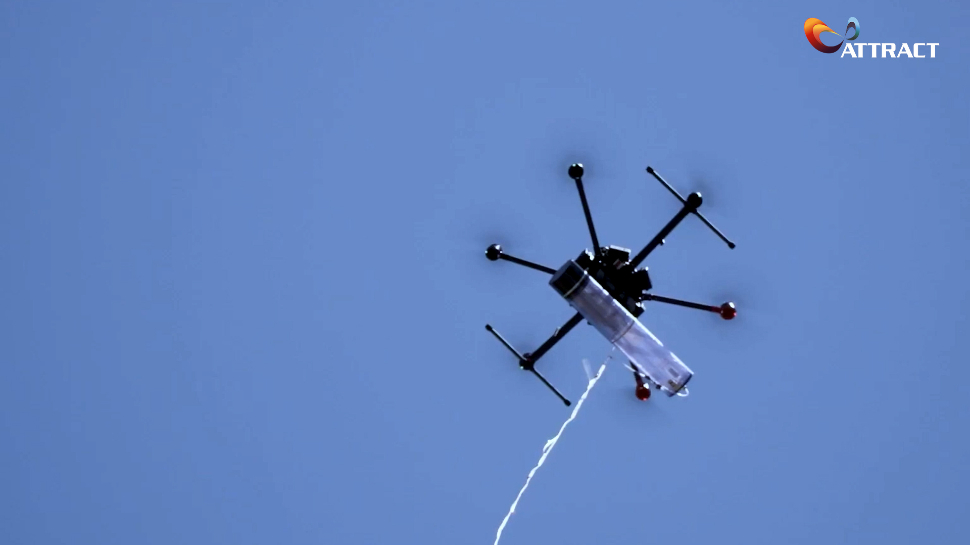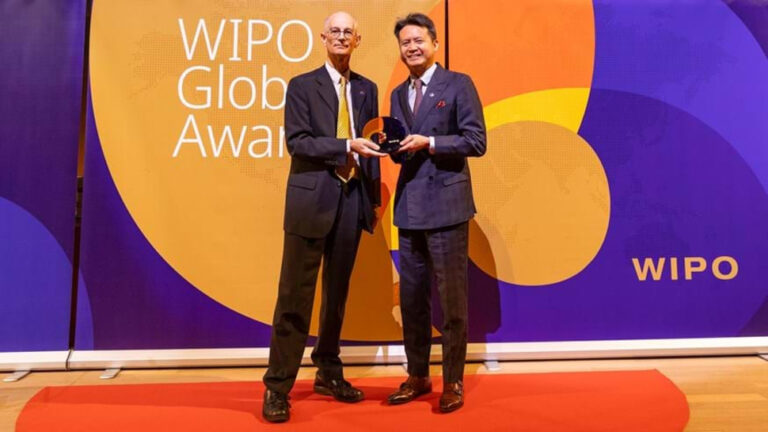The gas emissions of wastewater treatment plants occasionally generate episodes of unpleasant odours that are often related to toxic gases that may affect the health of plant operators. Besides, these occasional emissions have a negative impact on the welfare of neighbouring populations. To tackle these problems, the SNIFFIRDONE project monitors that kind of pollution by using a drone that carries chemical sensors in order to do a mapping of the plants.
The project is coordinated by the University of Barcelona in partnership with Depuración de Aguas del Mediterráneo, Gas Sensing Solutions, Institute for Bioengineering of Catalonia, Lancaster University and SINTEF.
Get to know more about this project through an interview with Agustín Gutiérrez, coordinator of the SNIFFIRDRONE project.
What is your personal and career journey so far?
I’m Physicist and Electronic engineer by training and Computer Science as a PhD. So, I have a multidisciplinary background and my research career has been focused on chemical sensors, in particular in the processing of chemical sensor signals in order to do applications which are very variable with this array of chemical sensors.
What is the project about? And which partners are involved?
The goal of the project is to monitor pollution emitted by industrial plants. And the way we do it is by using a mobile platform, a drone that carries chemical sensors in order to do a mapping of the plant to have real-time readings of this pollution that is emitted. The partners that are involved in this project are two universities: the University of Lancaster and the University of Barcelona; two research institutes: IBEC and SINTEF; and two companies: GSS and DAM.
What challenges have you faced so far?
In the project, we have faced several challenges, technical challenges mostly. First in the design, fabrication and testing of the NDIR gas sensing unit that we are developing. Since the technology is the first time that has been used for this kind of sensor to have more than one gas detected, and that is that is not easy. And also, we have faced challenges in the drone-based system that we are also developing in order to carry this sensing unit.
How would you explain the potential implications of this breakthrough to a non-scientific audience?
The project’s main idea is to be able to monitor the emissions of the wastewater treatment plants with a platform, in this case, with a drone that is able to move rapidly and give a real-time picture of the emissions of the wastewater treatment plant. And this will result in the abatement of any kind of odours that this plant can produce.
How do you think society will benefit from this project?
Episodes of malodours in the neighbourhood of wastewater treatment plants or industrial plants is a recurrent problem that the population has to suffer. These malodours may cause nausea, they can cause long-term diseases that are very difficult to abate unless you do it from the origin. So, in this project, we are developing a system that will be able to detect when these malodours are produced and give a tool to the operators of the plant in order to stop or reduce these emissions.
For more information
Visit the SNIFFIRDRONE project site.


